Flying Hood River
From the air or on the water, this is a natural paradise
It’s a different kind of pleasure—enjoying crisp air, shockingly cold water, and soaring vistas overlooking the vast deep gorge created by the Columbia River, one of the nation’s longest rivers. Here, the winds through the gorge will toss your aircraft around, challenging your skills. Here, the winds will snag your kite or sail and you can surf over the water like an airborne gull. Here, the apple will taste tart and crisp; the grilled salmon will melt on your tongue; and the beer, wine, and coffee will refresh, calm, and invigorate you to embrace the day. No lounging in this paradise. Let’s fly!
Road warrior
No one will ever accuse me of enjoying a drive. Unfamiliar roads bother me with their climb up rises that do not show what’s coming next, bends and turns into unknown territory, steep hills that race down to bad conclusions, and gear-churning efforts up preposterous mountainsides. Yet I am a travel writer, so into the breach I go. I’d rather fly (in my case, have someone fly me). So, when we venture onto Route 84 along the Columbia River from Portland to Hood River, a 70-mile-long scenic byway (one of the first in the United States), I am destined to be a pain in the tail for my fellow travelers. The tractor trailers whiz by, the dual highway seems unnaturally narrow, and the speed limit ridiculously fast.
On a wing foil board, you can catch the wind and soar several feet over the water.But then something happens. There on the left is the Columbia River. Etched into the mountains like the relentless flow it is, the river is both a mighty force and a calming reality. Trees and rock hold the river in between towering walls like guides to the ocean. Ships slowly chug up the waterway. In the confines of the car, my AOPA colleagues and I discuss sockeye salmon and how they fight up the river, how very extraordinarily large the native white sturgeon can be (10 feet long!) and how long they can live (100 years!), and how we all each tried wind surfing at some point in our lives. The drive is no longer fraught with mindless fears and conjured troubles. It is simply a gorgeous trip through remarkable countryside with a promise of treasure in food and drink, nature and activity, and beautiful and remarkable views.
At the Best Western on the Columbia in the heart of the small town of Hood River (population about 8,000), we disembark into a glass-walled lodge that offers extraordinary views across the water. Fittingly, the hotel has a lodge-like feel with heavy timbered beams and walls, and we delight in a local Oregon wine (for me) and the Pacific Northwest’s signature drink of fresh-brewed coffee for others. Coffee is ubiquitous in the Pacific Northwest (thanks, Starbucks) and every town has its own popular blend. How can you not order grilled salmon for dinner, oysters to start, and watch the brilliant sunset over the river? OK. I’m into this place.
Different ways to fly
Our first stop is Ken Jernstedt Airfield (4S2) perched on the top of a bluff, the eponymous 11,249-foot-tall Mount Hood towering in the background, appearing more like a painting of itself than the real thing. We will take flights along the Cascade Range in spritely orange CubCrafters aircraft belonging to TacAero, the FBO and flight school, and an aerial survey company based here (see “Off the Grid,” January 2023 AOPA Pilot). Owners Brian Prange and Andreas von Flotow are great fans of Cubs, especially the design of Jim Richmond’s CubCrafters. Their fleet offers instruction and sightseeing tours here in Hood River.
“We only fly CubCrafters aircraft, and we are constantly upgrading our fleet with the latest they’ve got. They really are just the best backcountry aircraft you can fly,” said von Flotow.
This is seat-of-the pants flying, bouncing in the gusty winds over the river and along the mountains. Flying here is challenging. The gorge is at the base of Mount Hood, forming a canyon splitting the states of Oregon and Washington. It’s a venturi tube, von Flotow says. Winds can reach up to 40 mph, challenging in a small aircraft.
When the winds get worked up like that, perhaps it is better to stay grounded and try another form of flying, one that the area is so well known for—kiteboarding and windsurfing. Hood River is the “Windsurfing Capital of the World,” christened as such in the 1980s. The strenuous sport of hauling a sail up out of the water while balancing on a thick, heavy surfboard has evolved and the sport is easier and more accessible. On a bright summer day along the Hood River riverfront hundreds of enthusiasts ply the water on craft that range from traditional windsurfing boards and sails to wing foil boards and kiteboards. On a wing foil board, you can catch the wind and soar several feet over the water. For the less daring, stand-up paddle boards allow a more leisurely skim along the river.
The riverfront is a family affair. People come with picnics, dogs, children, and romantic notions to watch the boarders and/or to try the adventure themselves. In wetsuits, on bikes, and on skateboards they congregate in the park, joyfully sharing the natural elements and camaraderie. There’s a festive atmosphere and positive vibe; you’re not going to be laughed at when taking a tumble off your board, you’re going to be applauded for your effort.
Fish People
Up from the riverfront is the charming hillside town of Hood River. Its main avenue, Oak Street, is a walk up from the waterfront off 2nd Street, and is lined with boutiques, designer shops, outdoor adventure gear outfitters, antique shops, art galleries, and more than 30 restaurants. The architecture is Pacific Northwest; for this East Coast native, buildings in the west always seem “new.” The town was established in 1868 and its stone and brick buildings are boxy and solidly anchored to the Earth. Nathaniel and Mary Coe were the first settlers; Mary Coe disliked the town’s former name of Dog River and had it changed to Hood River, after British Admiral Samuel Hood. Native American tribes such as the Wasco, Warm Springs, and Watlala people fished here, the upriver warm summer winds desired for drying their salmon.
Like a lemming I am drawn to a small shop on the corner of Oak and 1st streets where the display of fresh and prepared seafood almost makes me gasp in joy. This is what the owners of Fish People have to say about their shop and work: “We are here to share the story of your fish. The story of the people and watershed that your purchase supports. Our products are an ode to our industry, the last industry that hunts for a living. An industry where the currency of the realm is one’s integrity, where doing what you say you will is the difference between the good and the not so good. When you shake someone’s hand and look them in the eye do you mean what you say? We do. Our partners do.” Is it possible to weep over a fish story?
My colleagues and I accept the samples of fresh seafood and tuna salad made with the most wonderful tuna from a can I have ever had (move over, Charlie, this is the real star fish of the sea). We all buy the signature 7.5-ounce cans of wild albacore tuna to share with friends and family when we go home. By the way, most commercial tuna fish is sold in 5-ounce cans and cooked twice; this delicious stuff is filleted by hand and only cooked once. I’d like to share this fish tale further, but go online and read the story yourself (fishpeopleseafood.com).
And now, WAAAM
Back to aviation. At Ken Jernstedt Airfield we are intrigued by a massive building framed by the picturesque Mount Hood. Its sign says this is the Western Antique Aeroplane and Automobile Museum—WAAAM—and the entrance is at the museum’s original 95,000-square-foot hangar. Two more massive hangars have been added because WAAAM is home to one of the largest collections of still-flying antique aircraft and still-driving automobiles in the country; there are more than 315 air- and drive-worthy vehicles in the museum, which sprawls over 3.5 acres.
Its founder Terry Brandt growls at me that “AOPA has ignored us for too long,” and he’s right. How have we missed this incredible collection? Brandt takes us around for a tour but he’s on a Segway, so we must split up to try to cover and photograph it all. Photographers Chris Rose and David Tulis take off for parts unknown and I try to stick with Brandt, but there’s just so much to see and both Rose and Tulis keep running back to exclaim over some amazing aircraft, automobile, or display. I’m torn in many directions trying to get a handle on this remarkable place.
The collection of antique aircraft includes a 1917 Curtiss JN–4D Jenny featuring an OX-5 90-horsepower engine; Piper Cub and Waco collections; an Aeronca collection, Stearman collection; and so many more amazing aircraft. There are more than 130 cars in the museum: the 1914 Detroit Electric, a Ford Model A, Model T, a Packard, a Studebaker, and even a Locomobile. Motorcycles? Harley Davidsons, Indians, Cushmans, and more. Model cars, model aircraft, dolls, toys, books, memorabilia. There is no time long enough to take it all in.
Brandt’s mother and father owned the FBO at Marysville, California, and he learned to fly when he was 12. His first airplane was a 1938 J–3 Cub, which he bought when he was 19. For more than 50 years Brandt collected aircraft until one day his wife, Lois, said sell them or start a museum. In 2006 the couple moved to Hood River, and he opened WAAAM. It is run by an all-volunteer staff.
The museum is a highlight in Hood River, especially if you want to see the gorge from the air in a 1930 New Standard biplane or take a lesson at its Model T driving school. Brandt, like his aircraft, is still flying.


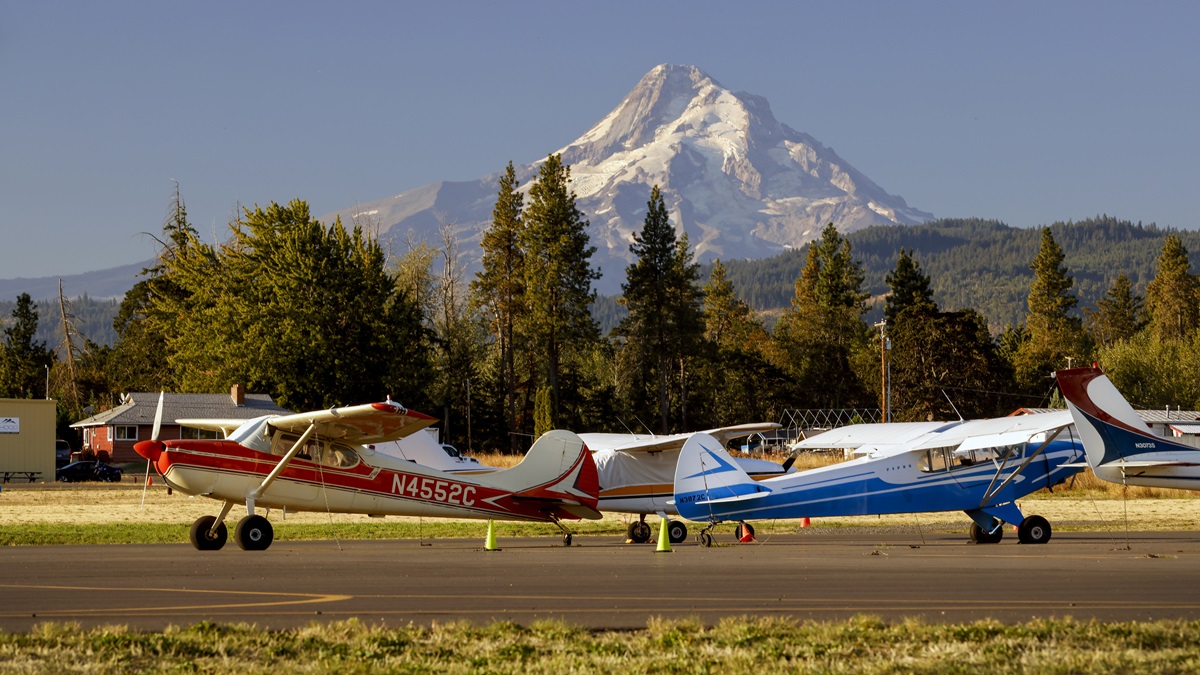
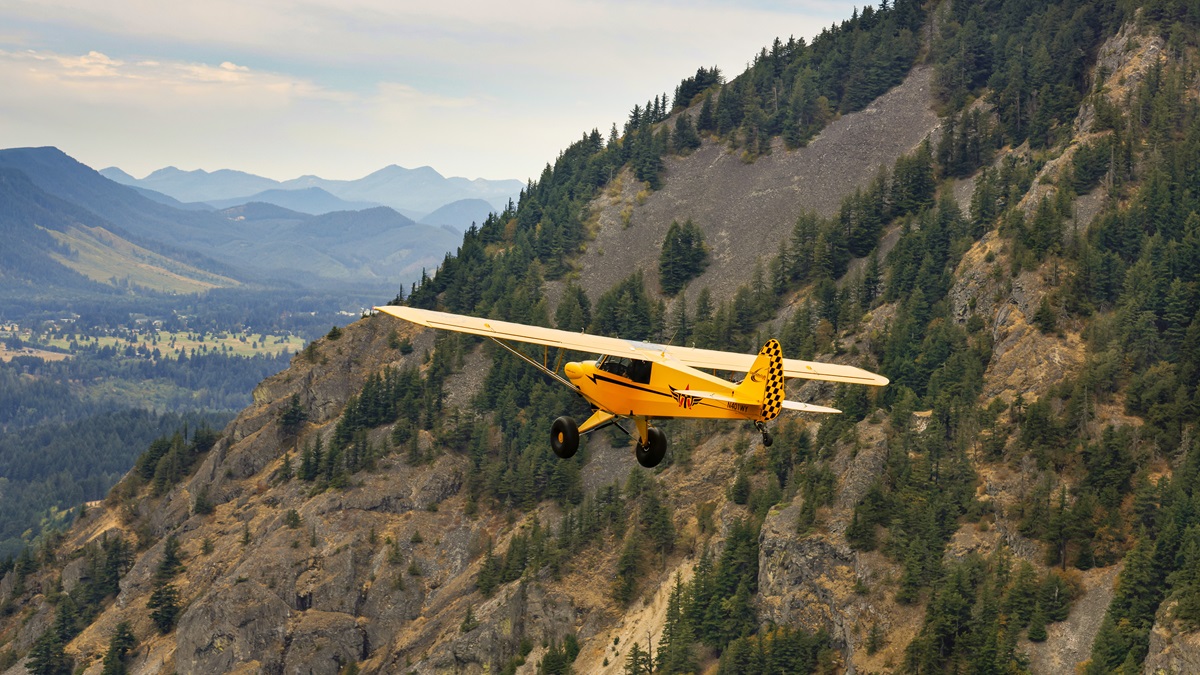
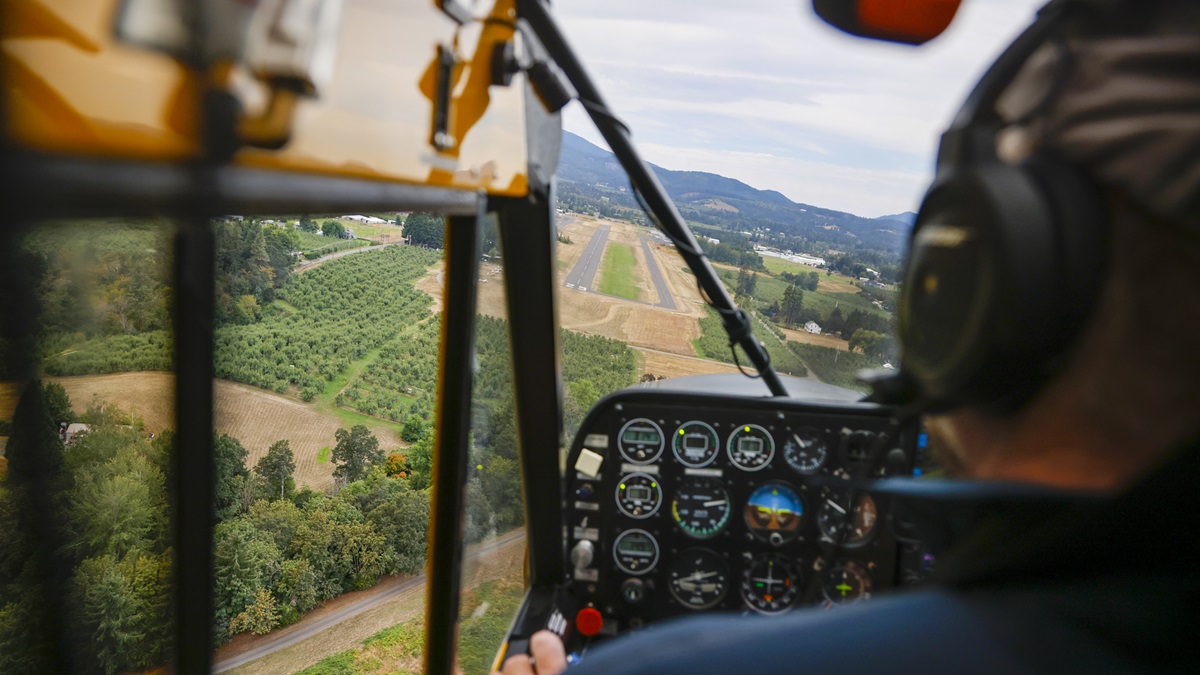

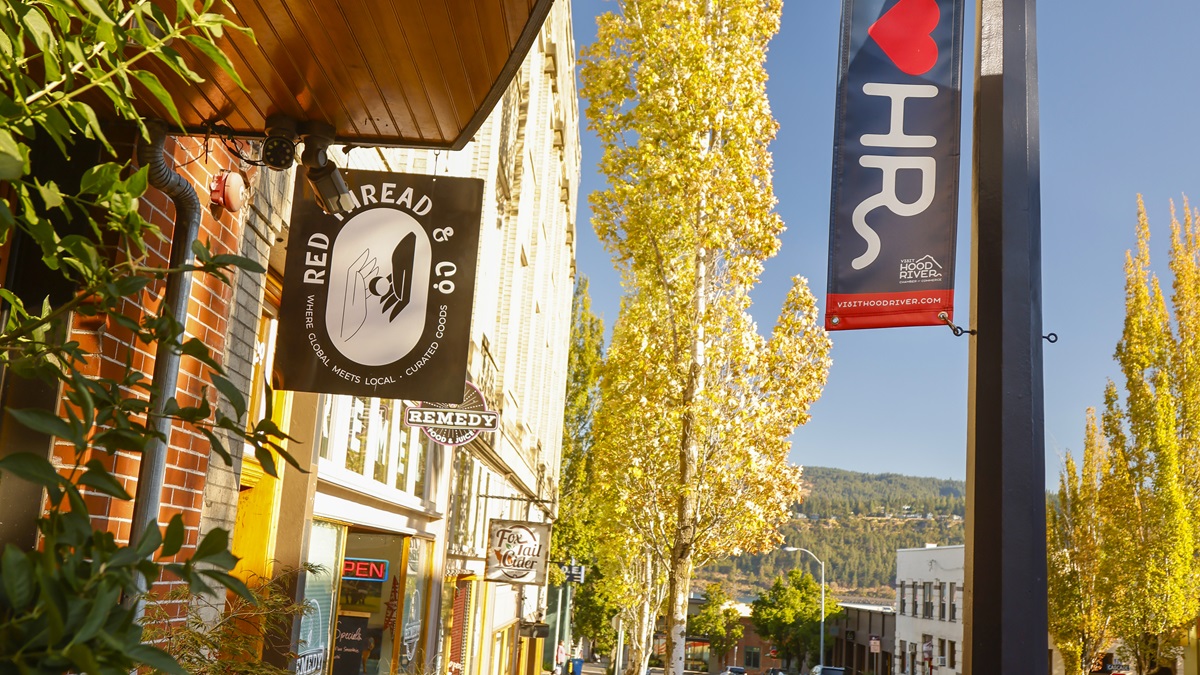
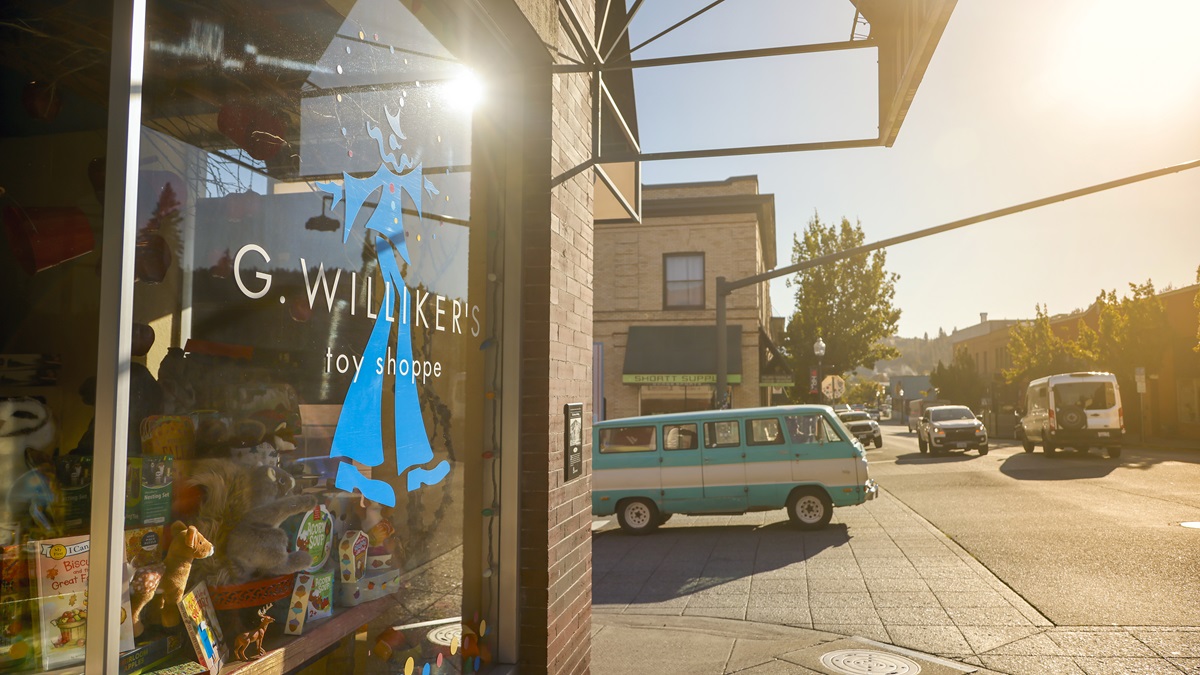
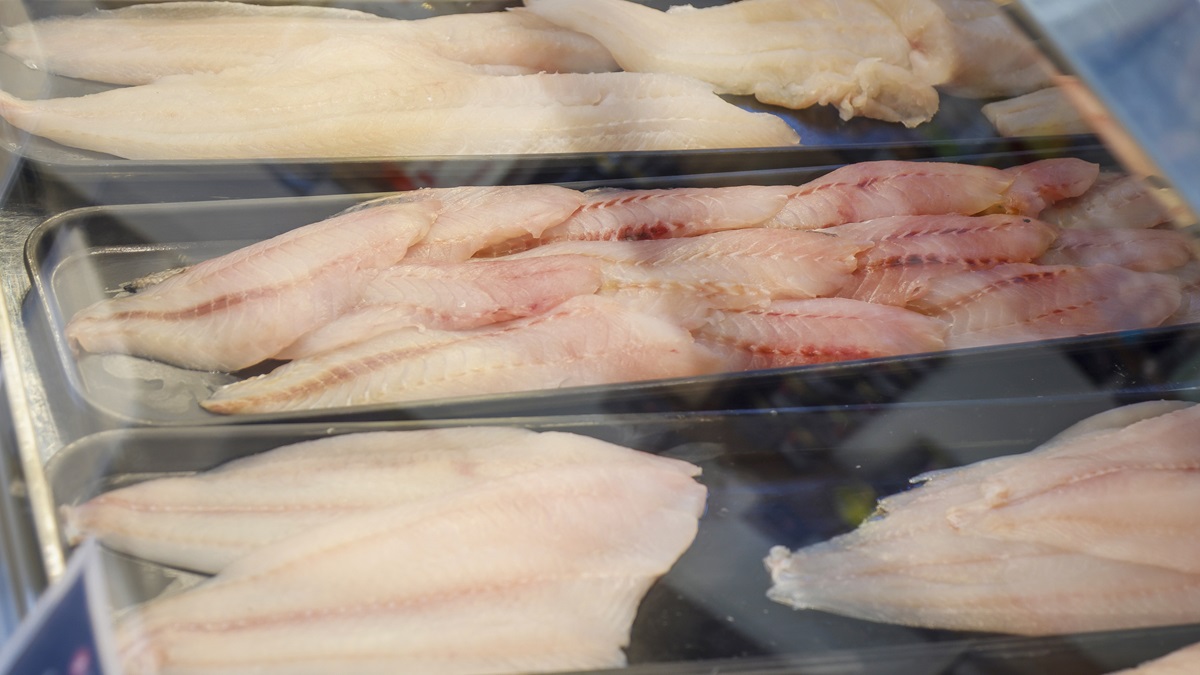
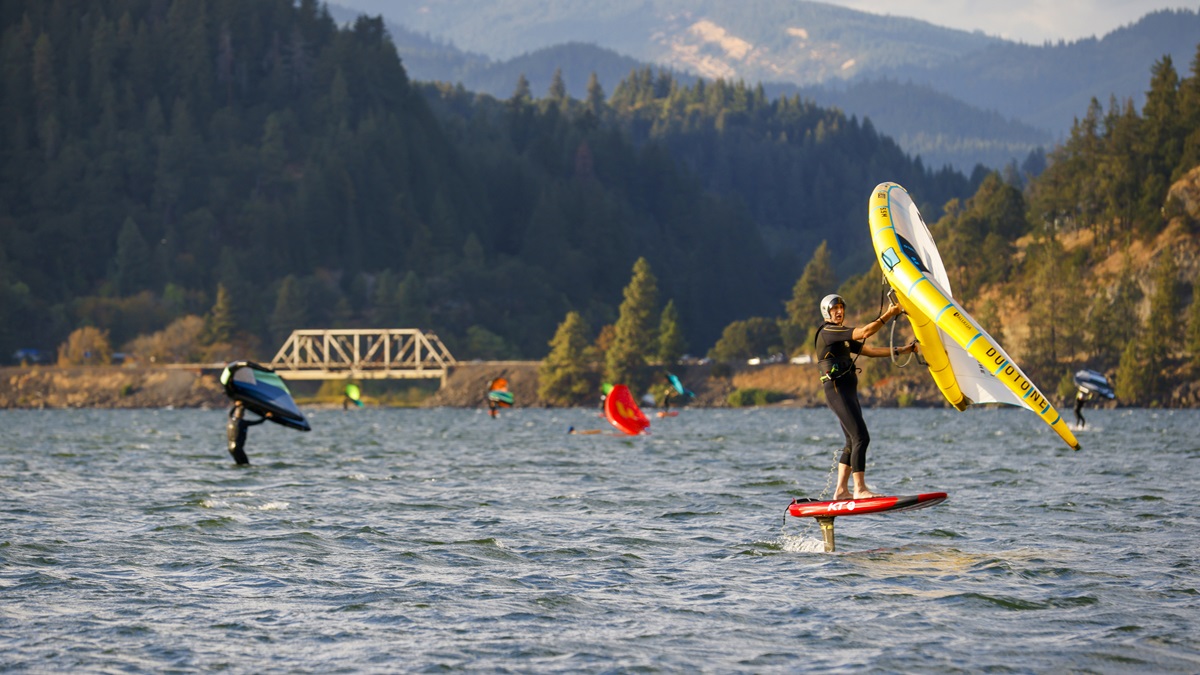
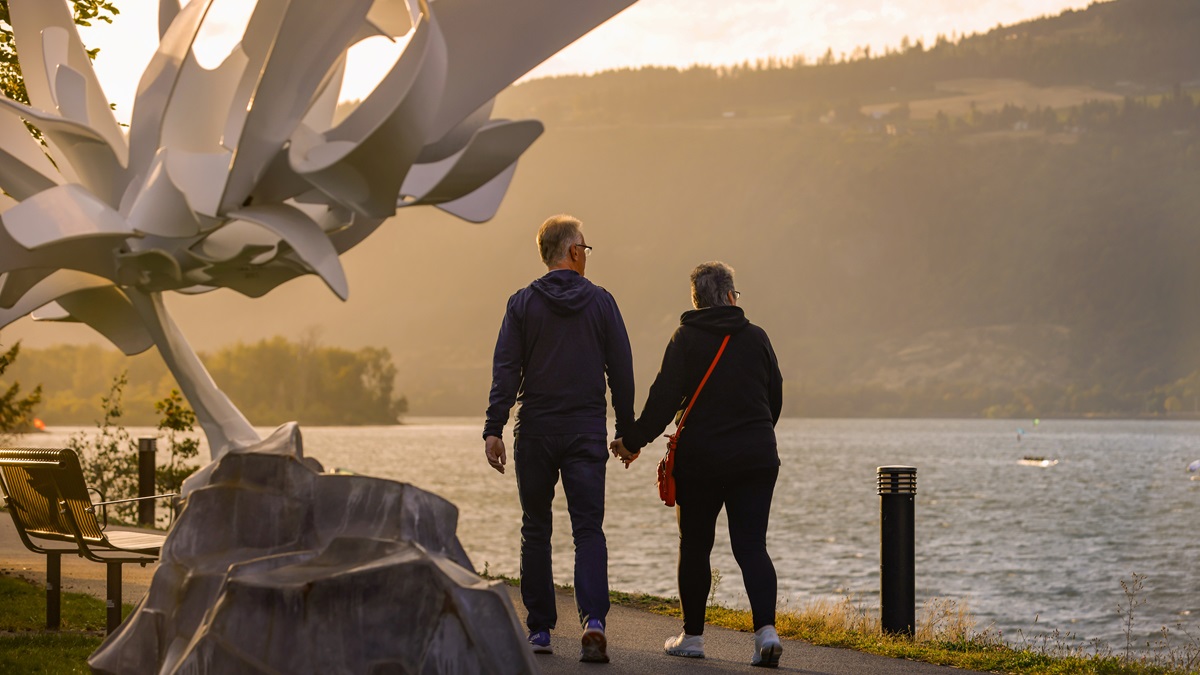
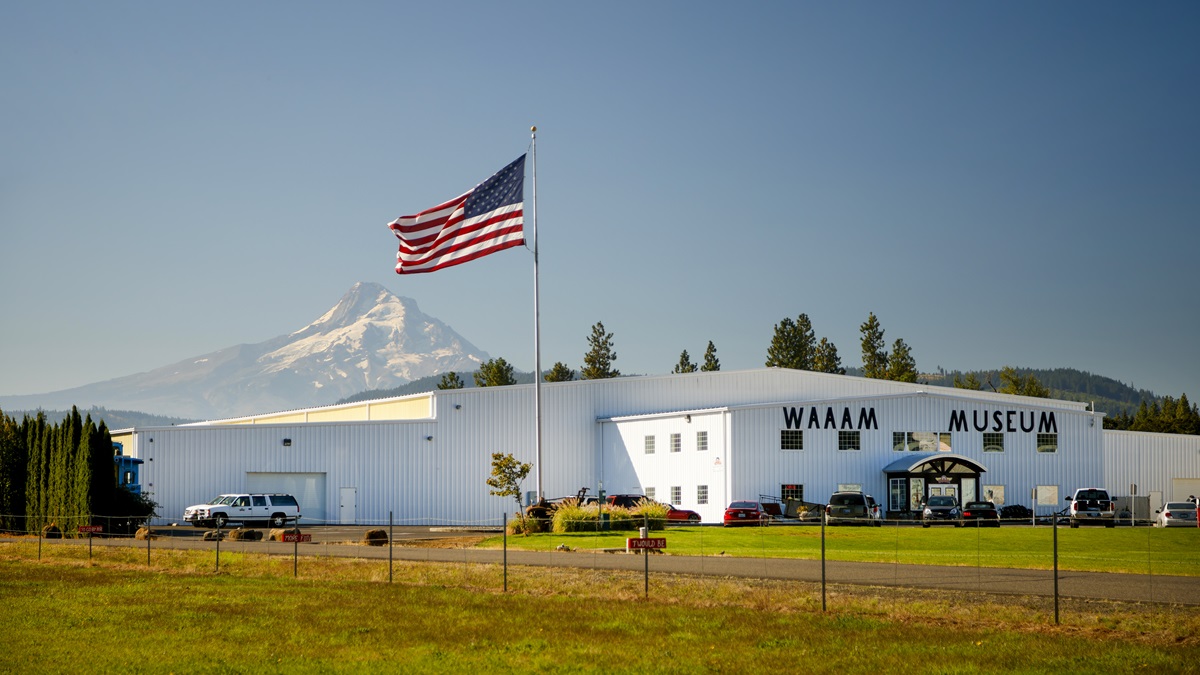
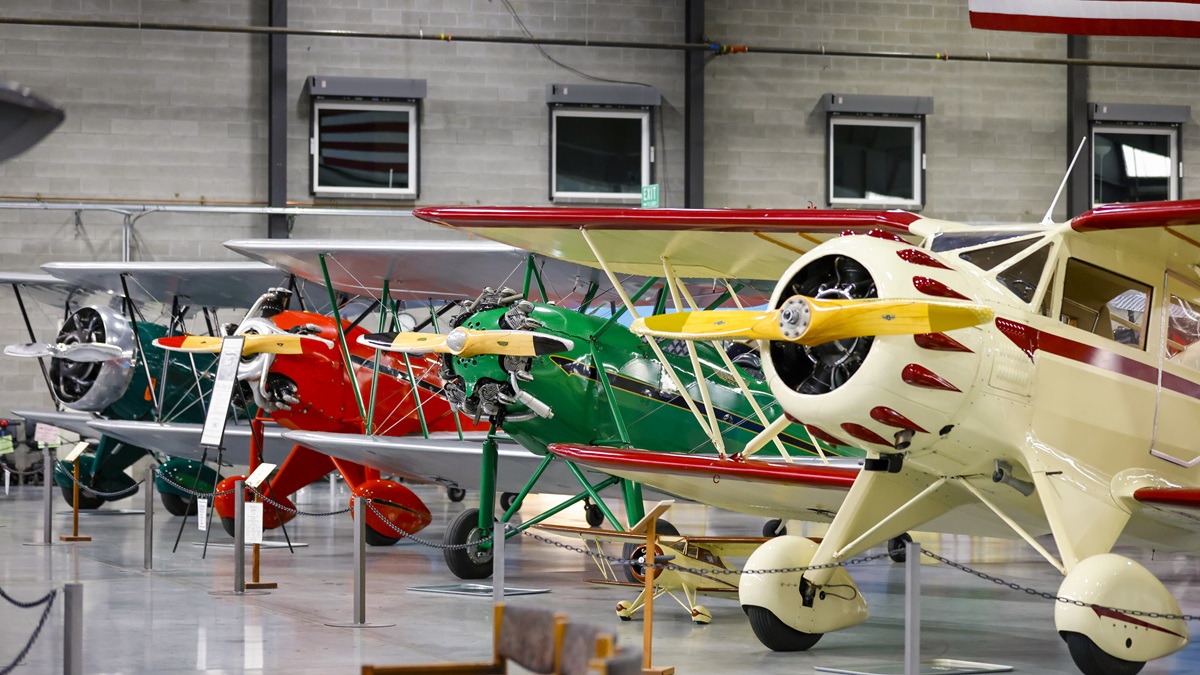

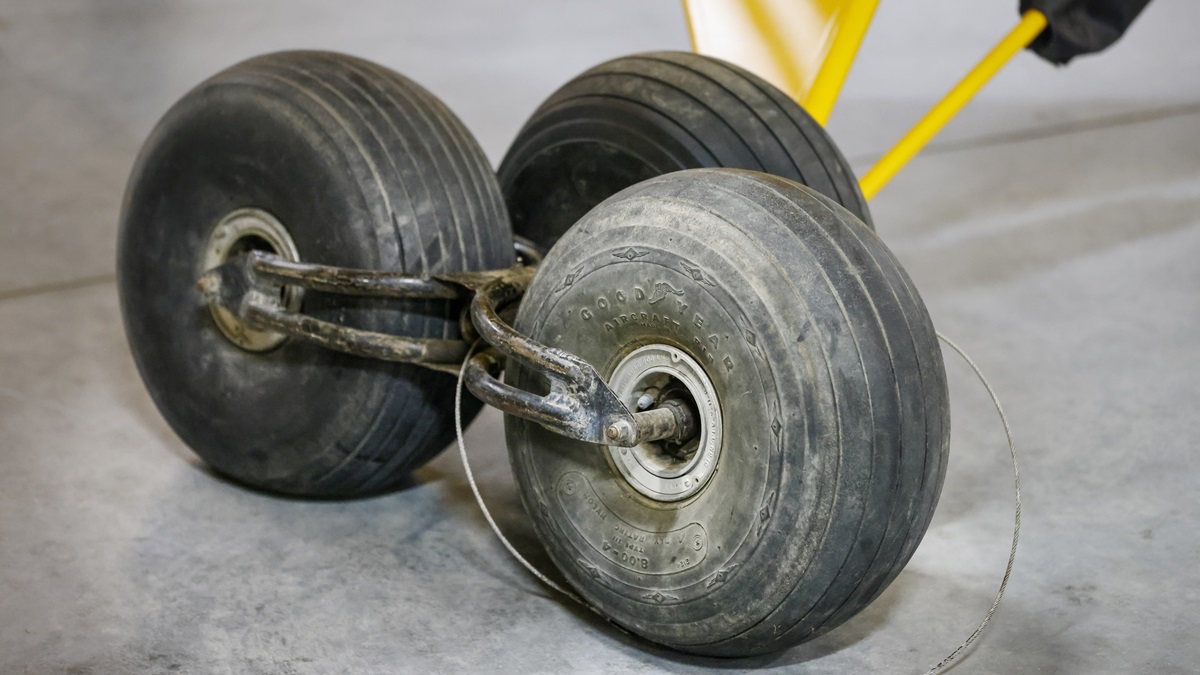


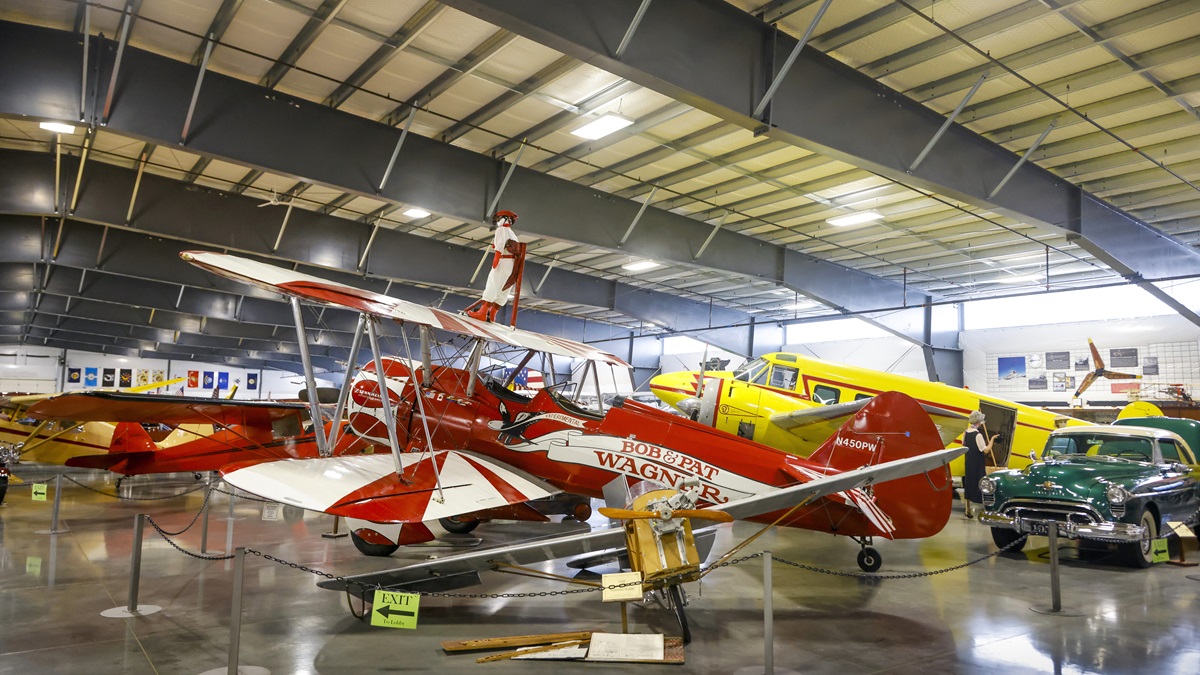



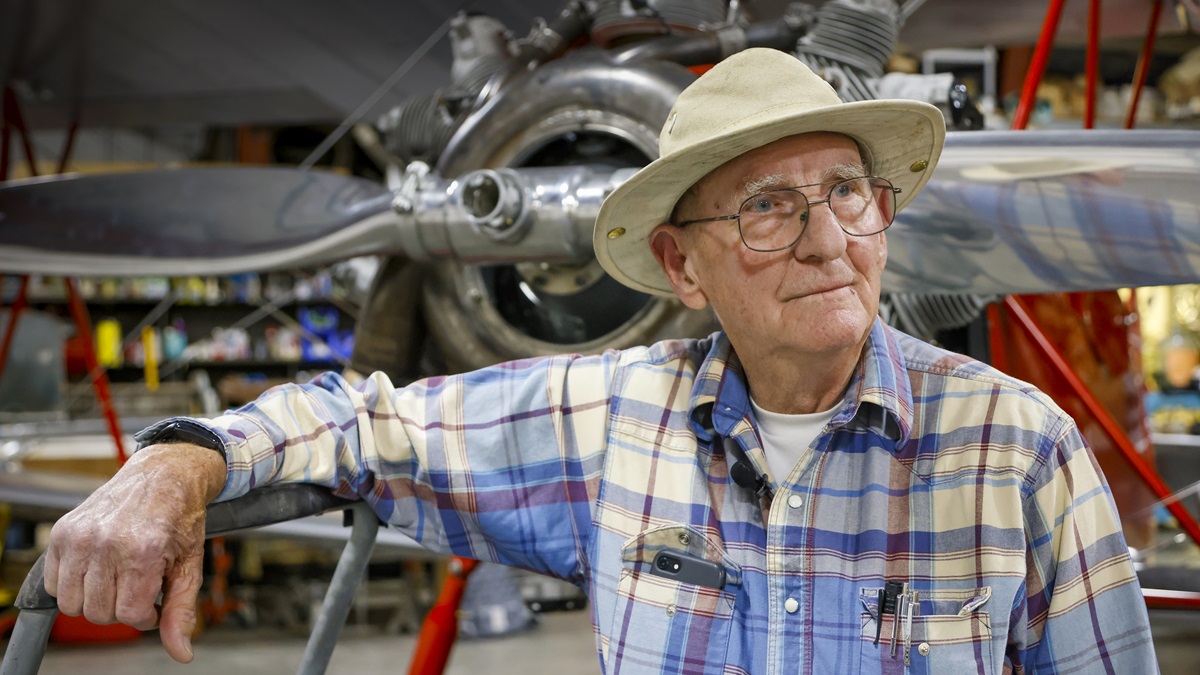
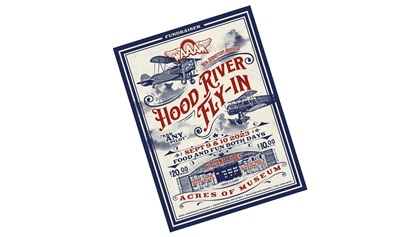 The Hood River Fly-In September 9 and 10 will celebrate WAAAM Air and Auto Museum’s birthday. Enjoy airplanes, food, FAASTeam seminars, and activities. Acres of parking. The museum is open 9 a.m. to 5 p.m. Lions Club breakfast 8 a.m. Saturday and Sunday. WAAAM is located three road miles, two air miles, from downtown Hood River at 1600 Air Museum Road, Hood River, Oregon 97031 on the north side of the Ken Jernstedt Airfield (4S2). Call 541-308-1600 for more information or visit
The Hood River Fly-In September 9 and 10 will celebrate WAAAM Air and Auto Museum’s birthday. Enjoy airplanes, food, FAASTeam seminars, and activities. Acres of parking. The museum is open 9 a.m. to 5 p.m. Lions Club breakfast 8 a.m. Saturday and Sunday. WAAAM is located three road miles, two air miles, from downtown Hood River at 1600 Air Museum Road, Hood River, Oregon 97031 on the north side of the Ken Jernstedt Airfield (4S2). Call 541-308-1600 for more information or visit 

